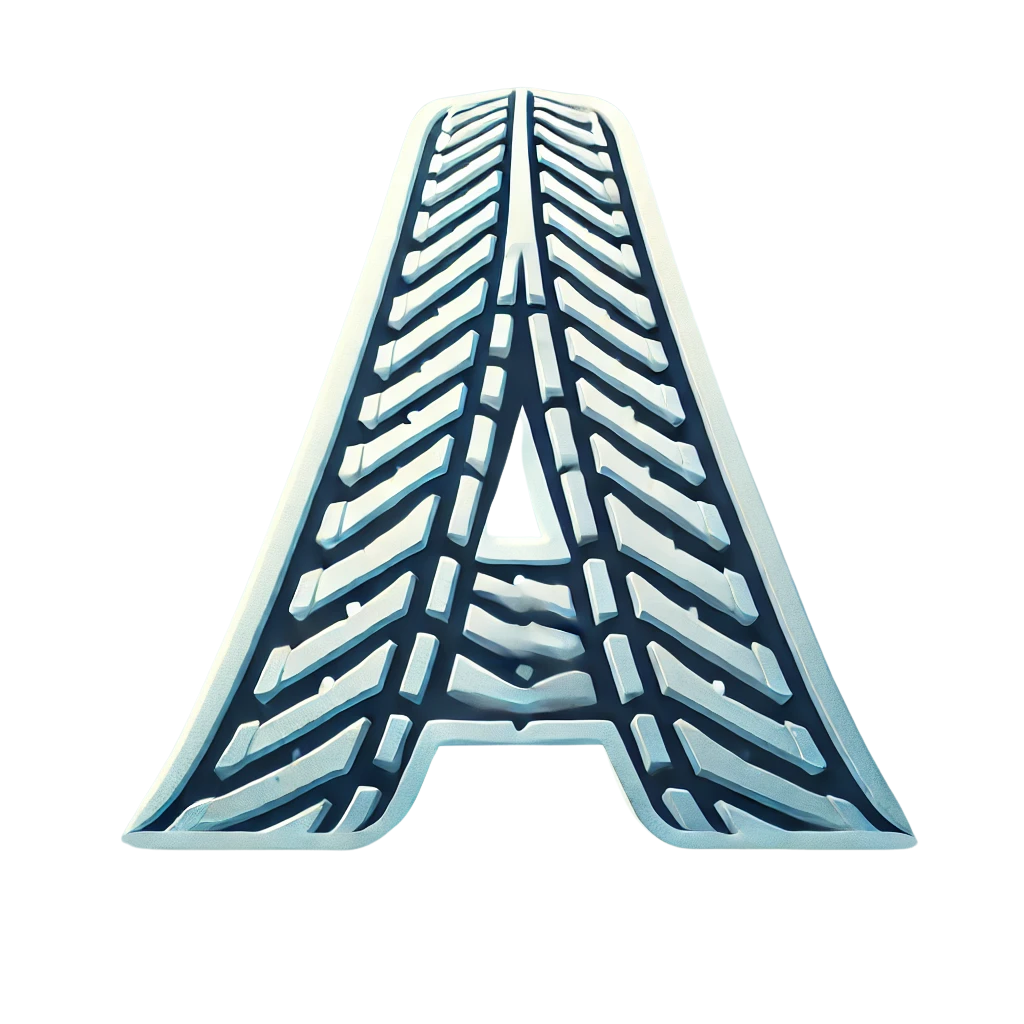The History of Snowmobiles
Snowmobiles have long captivated the imagination of those who live, work, and play in snow-covered regions. From their invention as rugged utility machines to their transformation into sleek recreational vehicles, snowmobiles have experienced a rich and exciting evolution. The story of the snowmobile is deeply tied to innovation, necessity, and a love of winter terrain. Across time, manufacturers have risen and fallen, communities have been shaped, and technologies have leapfrogged from rudimentary sleds to powerful, high-tech snow cruisers.
Early Experiments and the Need for Mobility
Before snowmobiles, people relied on horses, skis, or snowshoes to move through winter landscapes. The turn of the 20th century brought industrial curiosity about using engines for personal winter transport. In the early 1900s, several inventors modified wheeled vehicles, such as the Ford Model T, by adding skis in front and tracks in the rear. These adaptations gave rise to the first snow-going vehicles, but they were heavy and often unreliable.
In 1935, Joseph-Armand Bombardier of Quebec introduced his B7 Snowmobile, which could transport several passengers over snow with relative comfort. Originally designed for rural doctors and mail carriers, it quickly proved essential in remote communities. Bombardier's innovation laid the groundwork for the lightweight personal snowmobiles that emerged decades later.
→ Full Evolution Timeline
The Golden Era and Defunct Brands
From the late 1950s through the 1970s, snowmobiles exploded in popularity. Companies like Polaris, Arctic Cat, and Ski-Doo began producing smaller, single-rider machines designed for recreation as well as utility. The 1960s and 70s saw an avalanche of snowmobile brands—over 200 in North America alone. Rupp, Moto-Ski, Scorpion, Boa-Ski, Sno-Jet, Alouette, and dozens more launched their models in fierce competition.
Unfortunately, this rapid expansion led to a market correction. Fuel crises, liability issues, economic recessions, and safety concerns drove many of these brands into bankruptcy or forced them to merge with stronger companies. Today, only a few brands—Polaris, Yamaha, Arctic Cat, and Ski-Doo—have survived the decades. Still, vintage enthusiasts preserve the memory and machinery of these defunct brands, often restoring classic sleds to pristine condition and showcasing them at rallies and clubs.
→ Explore Defunct Brands
Innovation and Milestones in Snowmobile Technology
Major breakthroughs in snowmobile design shaped how machines perform today. The transition from metal to aluminum chassis significantly reduced weight, allowing for greater speed and agility. Engine design also improved, shifting from noisy, smoke-belching 2-strokes to more refined and powerful models. Some milestones include the introduction of liquid-cooled engines, the development of independent front suspension, and the integration of advanced digital displays and GPS systems.
Racing circuits and mountain sledding demands also pushed innovation. In the 1990s and early 2000s, manufacturers began crafting models specifically for freestyle tricks, deep powder riding, or ultra-fast trail cruising. The result is a diverse array of machines for various snow conditions and riding styles.
→ Discover Major Milestones
Vintage Machines and the Culture Around Them
For many, vintage snowmobiles are more than just old machines—they are treasured symbols of community, design, and heritage. Snowmobiles from the 1960s and 70s often featured colorful graphics, unusual design choices, and quirky engineering solutions. These sleds were sometimes dangerous, often unreliable, but always loved. Restorers take great pride in bringing them back to life.
Annual events like vintage snowmobile festivals and parades bring collectors together to share their work, swap parts, and ride as a tribute to the past. The vintage snowmobile scene also plays an important archival role, preserving the aesthetics and engineering insights of a bygone era. For younger generations, riding a vintage machine connects them to the early pioneers of the sport.
→ View the Vintage Gallery
Legacy and the Road (or Trail) Ahead
Modern snowmobiles are faster, more comfortable, and more capable than ever. However, challenges lie ahead. Concerns about emissions, noise pollution, and wildlife disruption have sparked interest in cleaner technologies. Electric snowmobiles are beginning to appear in test markets, promising quieter rides and zero emissions, though battery limitations remain a hurdle in sub-zero environments.
Still, the snowmobile continues to inspire a sense of freedom and connection to winter landscapes. Whether used by hunters, rescue teams, adventurers, or families on weekend rides, the snowmobile is a testament to human adaptability in nature. The story of the snowmobile is far from over. It is a living history, and every ride adds a chapter.
